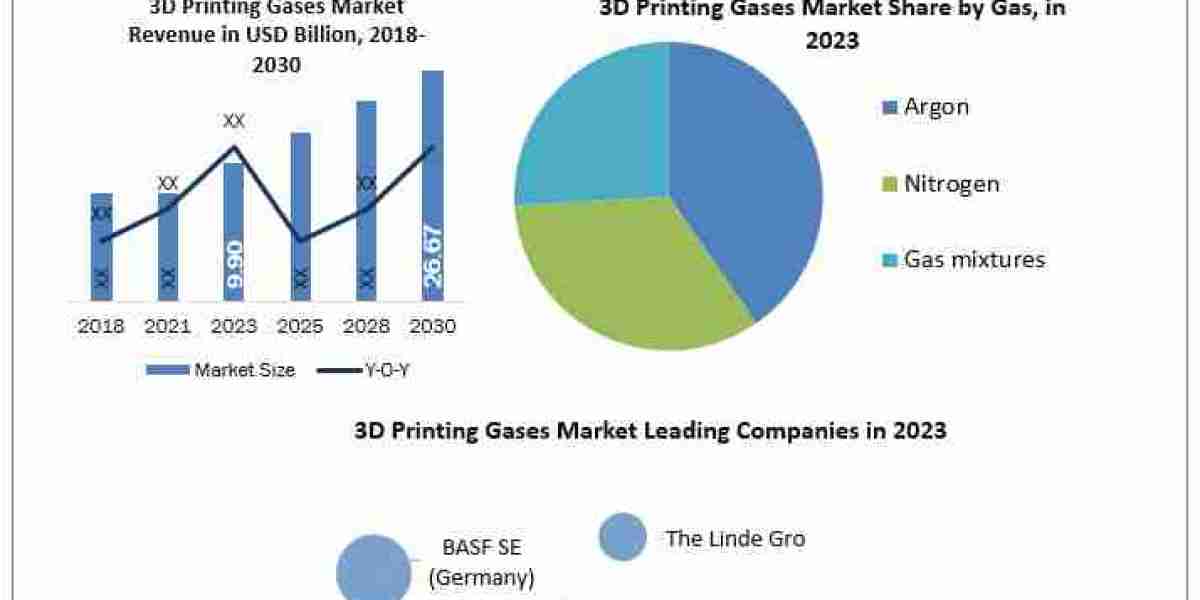The global antipsychotic drugs market is experiencing significant transformations, driven by advancements in drug development, increased mental health awareness, and evolving treatment paradigms. As of 2023, the market was valued at approximately USD 18.04 billion and is projected to reach around USD 37.40 billion by 2032, growing at a compound annual growth rate (CAGR) of 7.8%.
Emerging Drug Innovations
A pivotal development in the antipsychotic landscape is the approval of Cobenfy (xanomeline/trospium chloride) by the U.S. Food and Drug Administration (FDA) in September 2024. This first-in-class medication targets muscarinic receptors, offering a novel mechanism of action distinct from traditional dopamine-blocking antipsychotics. Clinical trials have shown that Cobenfy effectively addresses both positive and negative symptoms of schizophrenia with a reduced side effect profile, marking a significant advancement in treatment options.
Another notable innovation is KarXT, developed by Karuna Therapeutics and acquired by Bristol Myers Squibb for $14 billion. This investigational drug aims to provide a more targeted approach to treating schizophrenia, potentially reducing the debilitating side effects associated with current therapies.
Long-Acting Injectable Formulations
Long-acting injectable (LAI) antipsychotics are gaining prominence due to their potential to improve medication adherence and patient outcomes. These formulations maintain stable drug levels in the bloodstream, reducing the risk of relapse associated with non-compliance. Products like Invega Trinza and Invega Hafyera, which require administration only four times a year, exemplify this trend.
Additionally, collaborations such as that between Teva Pharmaceutical Industries Ltd. and MedinCell SA have led to the development of UZEDY, an extended-release injectable formulation of risperidone. This LAI offers flexible dosing intervals, further enhancing patient convenience and adherence.
Market Dynamics and Regional Insights
North America currently leads the antipsychotic drugs market, accounting for a significant share due to a high prevalence of mental health disorders, advanced healthcare infrastructure, and early adoption of innovative treatments. However, the Asia-Pacific region is anticipated to be the fastest-growing market segment, driven by increasing awareness, improving healthcare access, and a rising burden of psychiatric conditions.
Challenges and Future Outlook
Despite these advancements, challenges persist in the antipsychotic drugs market. The high cost of novel therapies, such as Cobenfy, which is priced at $1,850 per month, may limit accessibility for some patients. Additionally, the impending patent expiration of established drugs like Cariprazine in 2030 poses strategic challenges for pharmaceutical companies.
Looking ahead, the focus is shifting towards personalized treatment approaches, considering individual patient profiles and genetic factors to optimize medication selection. Combination therapies, integrating antipsychotic drugs with psychotherapy and psychosocial interventions, are also gaining traction as comprehensive strategies for managing mental health disorders.
In conclusion, the antipsychotic drugs market is undergoing a paradigm shift, with innovative treatments and formulations enhancing the therapeutic landscape. Continued research, strategic investments, and a patient-centric approach will be crucial in addressing the evolving challenges and meeting the growing demand for effective mental health treatments.




